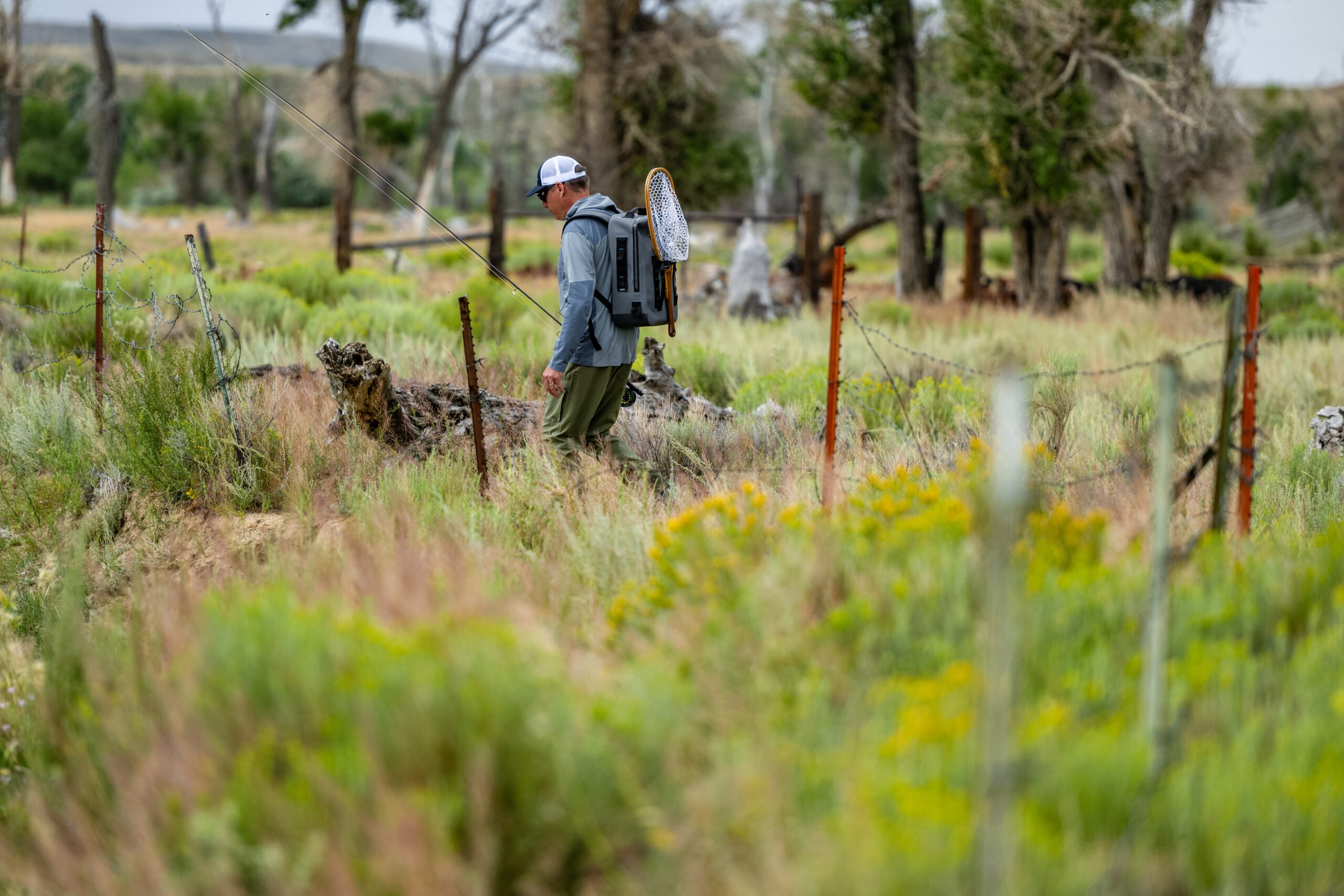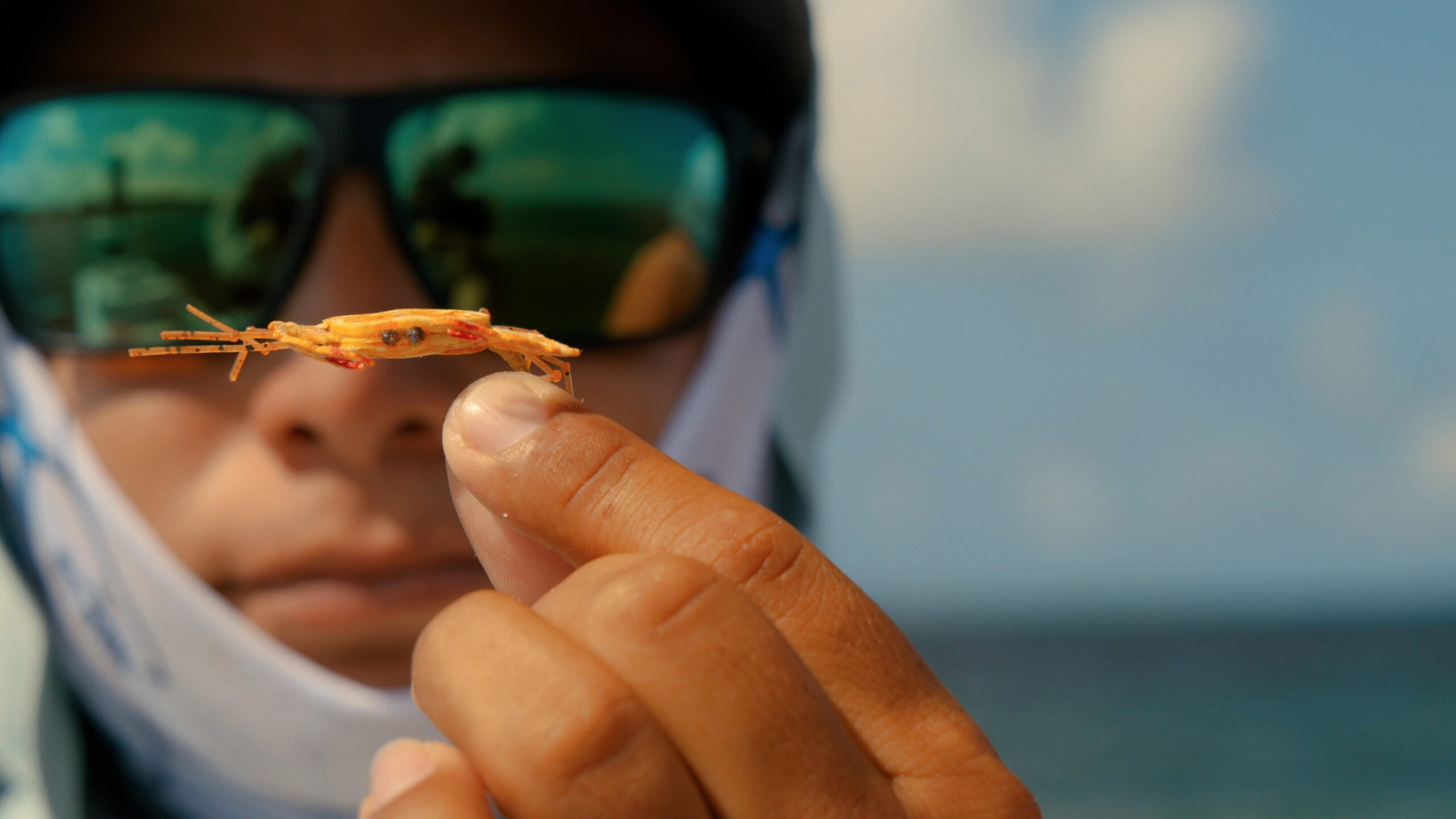The IF4 Stoke Begins Now: Get Your Tickets!
As a proud media partner, Fly Fusion is excited to share the stoke as the official sizzle reel for the International Fly Fishing Film Festival (IF4) has just been released, offering a first look at one of the most anticipated fly-fishing film events on the planet.
IF4, presented by Orvis, Abel Reels and Trout Unlimited, is the ultimate celebration of fly-fishing culture, featuring a curated collection of world-class films and cinematic storytelling from independent filmmakers around the globe. Each year, IF4 captures the heart, soul and adventure of fly fishing, spotlighting the passion, lifestyle and culture that defines the sport.
But IF4 is more than a film tour. It’s a worldwide gathering place for the fly-fishing community. A celebration of friendship and wild places. A platform for powerful stories. A night fueled by pure stoke.
The sizzle reel is your first look into this year’s unforgettable experience, packed with stunning visuals, epic adventures and the energy that makes IF4 unlike anything else.
Watch the sizzle reel. Feel the stoke. Join the global celebration of fly fishing.
Tickets, trailers and schedule: flyfilmfest.com/schedule.
RA Beattie Named Winner of the International Fly Fishing Film Festival for “The Silent Spotter”
The International Fly Fishing Film Festival (IF4), a curated collection of world-class films and cinematic storytelling from independent fly-fishing filmmakers from around the globe, is honored to announce RA Beattie, founder of Beattie Outdoor Productions and co-founder of Off the Grid Studios, as the winner of Audience Choice Award — Best Film in the 2025 IF4 for his groundbreaking film “The Silent Spotter”. This year’s top honor was determined entirely by audience votes from viewers around the world, underscoring the film’s powerful connection with the global fly-fishing community.
Scott Fly Rod Company Welcomes Industry Veteran Shawn Combs

The Scott Fly Rod Company announces that Shawn Combs will join the Scott team as vice president in January.
“Shawn is a lifelong angler with finely honed skills and a proven track record in fly-fishing product design,” says Jim Bartschi, president of Scott Fly Rods. “His passion for innovation, quality, and team building is a perfect fit to help carry on Scott’s fifty-year legacy of handcrafting high-performance fly rods. I’m thrilled to welcome Shawn to the Scott family and for the opportunity to work with him and the rest of the team on writing the next chapters of the Scott story.”
After earning his master’s degree in mechanical engineering, Combs spent a decade in engineering roles with industry leaders, including Exxon Mobil Corp. and Lockheed Martin. In 2011, he joined the Orvis Company in Vermont as a product developer for fly rods and reels, and he has served as their director of product design and development since 2014.
Combs says, “I am beyond excited to join the Scott Fly Rod Company to work alongside Jim and team. Having grown up fishing Scott rods, I am honored to contribute to the legacy of handcrafting rods that, in my view, embody innovation and soul like no other.”
Pay it Forward | Derek Olthuis
Two decades ago, alerted by headlights shining on my parent’s front lawn, I slipped silently out the front door and threw my pack into the bed of an old forest service truck.
I was 14-years-old and heading to a high mountain lake filled with cutthroat. In the driver’s seat was a business partner of my father’s, a real estate investor whose love for the outdoors mirrored my own. Although he was 16 years my senior, John and I formed a fast friendship, spawned in large part by that first outing together. As we bumped our way up the dirt road toward the trailhead we talked fishing and hiking and what excitement the day would provide. Only now, with the benefit of hindsight, do I realize what having a mentor such as John has provided for my life.
For a limited time, we invite you to watch Familiar Flow, the first episode of season 4 of the Fly Fusion Series.
Every great journey begins with the familiar. And I love my home rivers in British Columbia so much that I rarely want to leave. But I know I have to travel so I can grow in my knowledge as a fly angler. There is something about new places and new faces that invite me to learn new techniques. So this season, I’m taking Fly Fusion magazine on the road where I’m going to learn from the best of the best in the heart of one of the West’s premiere fly-fishing destinations. But before I get on a plane, I have to take one more trip to the place that I never want to leave. Today, I’m fishing my very favorite stretch of my very favorite river.
Drift Session with Derek Olthuis is LIVE on Fly Fusion Streaming
Fly Fusion’s Drift Sessions bridge the distance between author and reader. On October 23, Field Editor Derek Olthuis went live on Zoom to explore Mousing for Trophy Trout and Fishing Lakes.
In this Drift Session, Derek Olthuis took us on a small-lake fishing adventure for brookies, cutthroats, and cutbows, highlighting both the thrill of the catch and the deeper experience of being on the water with friends. The session covered a range of techniques, including careful observation, nymphing near logs, and mousing for big trout along the surface. Derek reflected on the balance between chasing the fish and enjoying the camaraderie, emphasizing that fishing is as much about the people and shared experience as it is about the catch.
Did you miss registering for this call? Well now you can watch the full session on flyfusionstreaming.com!
And keep an eye out for the next session which will be announced very soon. Drift Sessions are free and available exclusively to Fly Fusion subscribers. These calls are open to the first 100 registrants so don’t wait!
Why Join the Drift Session?
-
Inside Access: Hear the stories behind the columns — what inspires them and the lessons learned.
-
Ask Anything: Bring your questions and get real-time answers.
-
Connect with Editors: Go beyond the pages and meet the minds shaping Fly Fusion.
-
Exclusive Experience: Drift Sessions happen only a few times a year. This is your front-row seat.
Circus Peanut | Al Ritt
Throwback to the first season of the Fly Fusion Series with Al Ritt on the vise. Filmed on location at Island Lake Lodge, nestled in the heart of the Rockies in the Kootenay region of British Columbia.
Orvis' 50 Years of Graphite
Orvis is celebrating a golden anniversary with the Helios™ Limited Edition dry fly rod.
To commemorate the occasion, their rod designers built a rod that will pull at the heartstrings of the technical dry fly angler and showcase the accuracy, precision, and eye-catching look that their graphite rods are known for. They started out with a retro-inspired, unsanded 9’5″ 4-wt. Helios D blank, dressed it up with gold accents, black anodized reel seat hardware, and a hand-selected burl maple insert, and presented the whole package in a signature 50th Anniversary rod tube and sock. The length, line weight, and crisp D-series feel make this rod perfect for presenting tiny dries with laser precision, with that extra length you always want for mends and reach casts.
The Helios™ Limited Edition Fly Rod takes everything Orvis has learned in 50 years of graphite rod building and puts it in your hand. Limited run of 500 rods, so get one while you can.
Steelhead Season on the Skeena
A Midway Check-In with Brian Niska, Head Guide, Casting Instructor, and Manager of the Skeena Spey Lodge
By Will Rice
When the steelhead grabbed my fly, I was in a bit of a daze. I’d been methodically casting a twelve-and-a-half-foot spey rod with a Skagit line and sink tip for hours. At that precise moment, I was trying to self-diagnose how my casting and line management had so badly collapsed.
The Skeena River, located in the Western Canadian province of British Columbia, is massive and can make you feel insignificant even when you are casting well. And right then and there, I wasn’t casting well. I kept blowing my anchor, my sweep wasn’t at the right speed, and my casts were not performing like they had been just a few short hours before. My fly was still making it out into the run where I could make a big mend and fish it, but my casting had clearly turned to mush.
Turning Challenge Into Success: Deaf Guide’s Fly Design Goes Global
In today’s world, the news is often hard to look at. But every so often, a story comes along that feels like sunlight breaking through the clouds. The Silent Spotter, a new film making waves on the outdoor film festival circuit, is one of those.
The Silent Spotter, a new film making waves on the outdoor film festival circuit, tells one of those stories.
Tommy Batun, a young deaf fly-fishing guide from southern Mexico, has spent his life on the flats chasing permit—one of the most notoriously difficult fish in the world to catch. Working alongside his father Alejandro, Tommy has turned what some might see as a limitation into a superpower: his uncanny ability to spot fish where others can’t.
FFI's FlyFest in Grand Rapids, Michigan
Fly Fishers International (FFI) is back with FlyFest 2025, happening September 26–27 at the Sheraton Airport Conference Center in Grand Rapids, MI. This in-person event is your chance to reconnect with fellow anglers, learn from the best instructors, and immerse yourself in all things fly fishing. Grand Rapids is right in the heart of the Midwest, making it convenient for regional anglers and easy to reach by air for those coming from farther afield…
An Open Letter to Netflix
An Irish Mob Boss and a Presbyterian Minister Walk Into a River
Dear individual at Netflix whose job it is to acquire content,
Please buy the movie rights to A River Runs Through It. It’s my favorite movie, and I can’t seem to find it anywhere on your platform. Though I enjoy some of the other content, my favorite movie is nowhere to be found. When I search for the movie, you make other recommendations, some of which have nothing to do with my initial search. You’ll need to remedy this flaw if you want to keep me as a subscriber.








